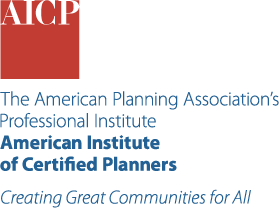Planning for Hazards: Land Use Solutions for Colorado
January 2020
By: Colorado Department of Local Affairs
https://planningforhazards.com/home
Report a broken linkTable of Contents
Capital Improvements Programming
Environmentally Sensitive Areas
Hazard Mitigation
Wildland-Urban Interface
Capital Improvements Programming
This guide includes a section designed to help localities in Colorado develop capital improvement plans. This section explains how CIPs work, defines capital improvements and the CIP, explains how the CIP relates to hazard mitigation, provides an example of a community that uses a CIP, and includes talking points for communicating the importance of CIPs.
Environmentally Sensitive Areas
Chapter 4 of this guide includes planning tools and strategies to protect sensitive areas in Colorado. Specific tools and strategies include cluster subdivision, conservation easements, land acquisition, overlay zoning, and stream buffers and setbacks. The section on protecting sensitive areas include tool profiles, which identify implementation strategies, offer examples where the tool has been used, and discuss advantages and challenges of each approach. Additionally, some tool profiles feature model ordinances with commentary, including cluster subdivisions, overlay zoning, and stream buffers.
Hazard Mitigation
This guide is designed to help cities and counties in Colorado minimize their hazard risk by integrating hazard mitigation principles and practices into plans and regulations.
The second chapter provides a framework for how land-use planning can reduce hazard risk.
The third chapter discusses hazard identification and risk management for the following hazards:
The fourth chapter explores planning tools and strategies that can help reduce hazard risks:
The fifth chapter provides model policy and ordinance language and commentary for many of the concepts in chapter four.
The final chapter provides guidance for implementation.
Wildland-Urban Interface
This guide discusses community wildfire protection plans and wildland-urban interface codes. It addresses how these tools work, how localities implement these tools, advantages and key talking points for these tools, where these tools have been used, and challenges associated with these tools.


